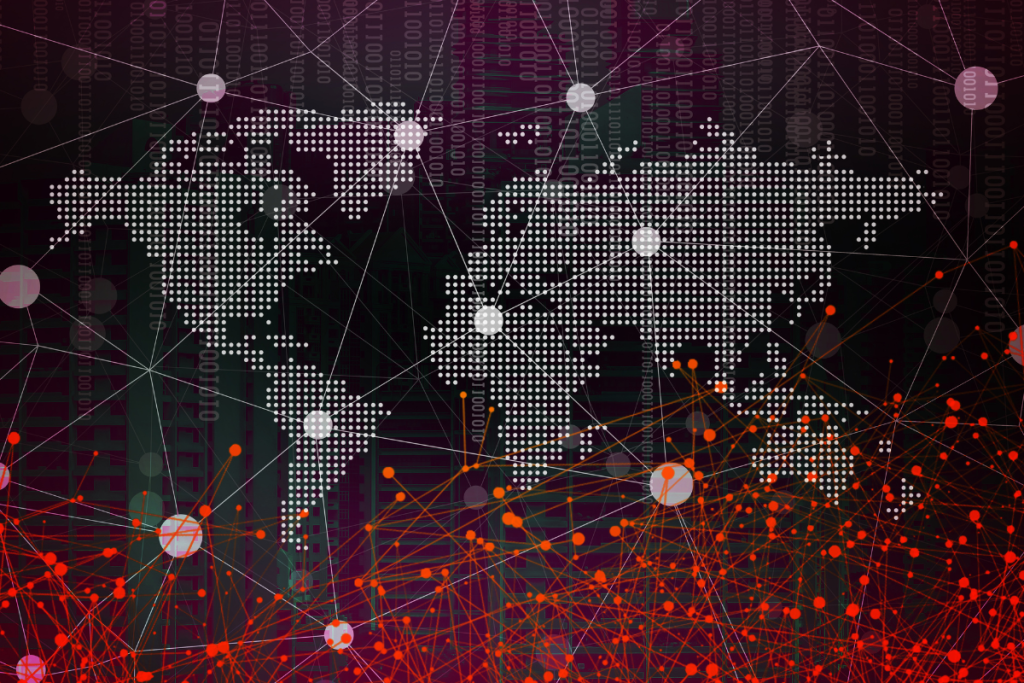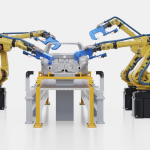As sourcing scenarios grow more complex, from geopolitical risk and emissions targets to pricing volatility, procurement teams are turning to digital twins to de-risk decisions before they’re executed. These AI-enabled digital simulations allow buyers to model award outcomes, test supplier resilience, and expose hidden trade-offs in real time—before a single contract is signed.
Simulating the Cost of Getting It Wrong
Traditional sourcing events depend on static scoring sheets and limited what-if analysis. But in high-stakes categories, where costs are multi-layered, regulatory exposure is dynamic, and supply continuity is uncertain. this approach creates blind spots. Digital procurement twins are filling that gap.
These twins replicate real-world RFx events with synthetic models that map suppliers, SKUs, delivery terms, ESG profiles, and cost components across time horizons. Buyers can run live simulations: What happens to landed cost if tariffs shift? How does supplier A’s emissions intensity compare under carbon tax scenarios? What is the margin-at-risk if lead times stretch by 10%?
Companies like Mars and Airbus have begun embedding these simulations into their sourcing process. Mars has piloted AI-based scenario modeling in packaging procurement to simulate pricing behavior under inflationary pressures and commodity shocks. Airbus is using digital sourcing twins to model supplier risk exposures across its multi-tier aerospace supply chain, helping the team factor in component-level disruptions when evaluating awards.
Building a Simulation-First Sourcing Stack
Award Scenario Engines: Advanced procurement platforms now allow teams to simulate and compare dozens of award scenarios—balancing cost, risk, service level, and ESG impact. These engines generate sensitivity curves for each supplier, helping buyers understand how performance or pricing would shift under demand variability or transport delays.
Tiered Risk Layering: Digital twins ingest third-party risk scores, compliance alerts, supplier financial health, and geopolitical data to simulate procurement outcomes under various shocks. Procurement can test the resilience of sourcing decisions to currency swings, sanctions, port disruptions, or policy shifts—making risk visibility native to supplier selection.
Sustainability Impact Models: Procurement twins integrate emissions data and circularity indices, allowing buyers to simulate carbon impacts or recyclability trade-offs. Especially in regulated markets like the EU, where extended producer responsibility (EPR) schemes and Digital Product Passport (DPP) mandates are expanding, this visibility helps prevent non-compliance before it’s priced in.
Negotiation Intelligence Feedback Loops: Some digital twins now incorporate supplier response behavior—tracking past concession patterns or FX-linked adjustments—to help buyers model counterparty moves in real time. This enables smarter pre-bid shaping and avoids predictable negotiation stalemates.
From Award Analysis to Award Anticipation
Procurement twins represent a shift in sourcing posture—from documenting decisions to predicting them. As supplier ecosystems become more opaque and compliance burdens grow, the real risk isn’t picking the wrong vendor, it’s not knowing why the “right” one fails.
Simulation won’t replace strategic judgment. But it will expose the false confidence that spreadsheet models often invite. For CPOs navigating volatile input markets and ESG scrutiny, procurement twins offer a new playbook: one that prizes foresight, not hindsight, and puts scenario stress-testing at the heart of every sourcing decision.





